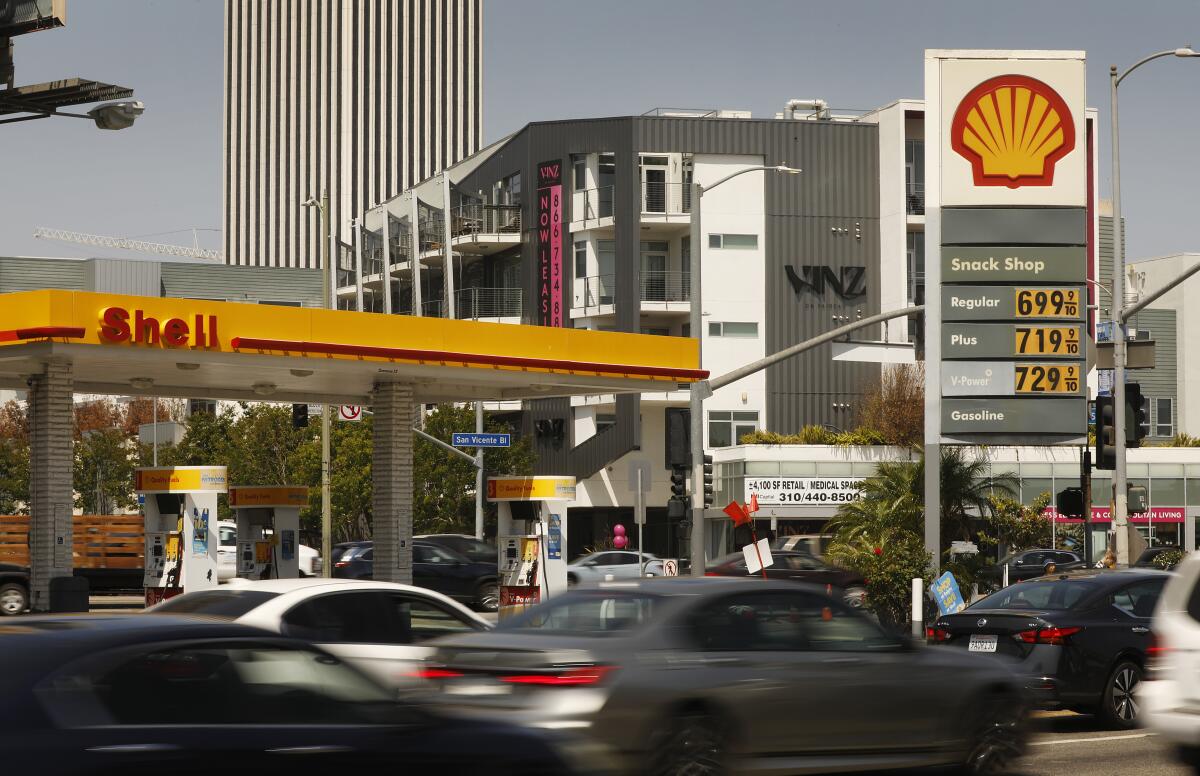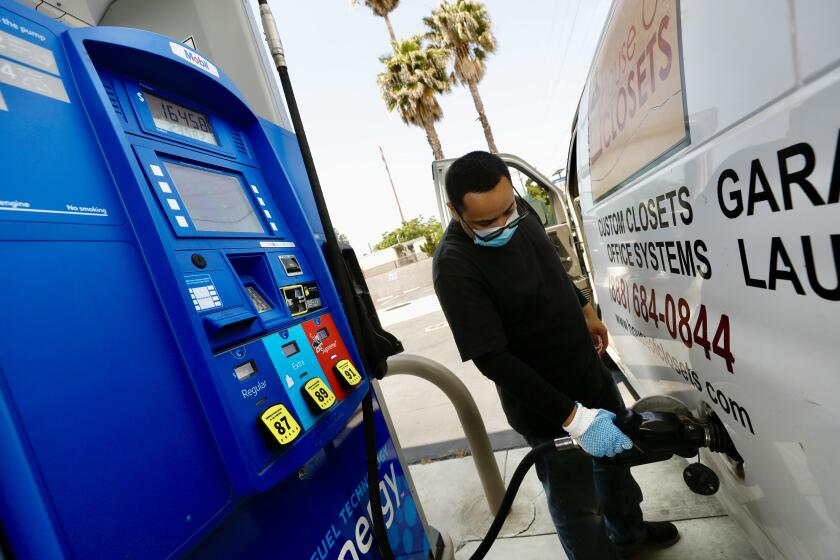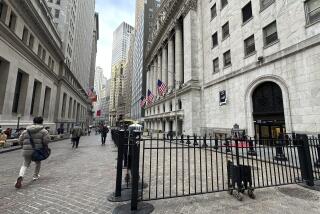Op-Ed: Will the prices of oil and other commodities keep dropping?

Big movements in the prices of oil, minerals and agricultural commodities have been among the most salient economic developments of the last couple of years. The sharp rise in commodity prices for much of this period was impossible to miss. A barrel of Brent crude that sold for $20 in April 2020 â during the first wave of the COVID-19 pandemic â fetched a peak of $122 in March 2022, just after Russia invaded Ukraine.
Oil was not the only commodity to experience a price surge. The price of copper doubled; wheat more than doubled; and global indices of commodity prices almost tripled from April 2020 to March 2022. These increases are in dollar terms; prices in euros, yen, won or other currencies rose even more.
Less widely noted, however, is that the prices of many commodities fell this summer. The price of oil decreased by about 30% between early June and mid-August. The politically sensitive price of gasoline in the United States fell by 20% over the same period, from $5 per gallon to $4 per gallon.
Is this dip in commodity prices just temporary? Or is it a sign that prices have peaked and can be expected to decline further?
Commodity prices are highly correlated. One reason is direct economic linkages. When the price of oil rises, wheat producersâ costs increase (because harvesting equipment runs on diesel and fertilizer is made from natural gas), putting upward pressure on grain prices.
Most analysts say the report for July suggests the rate of inflation has peaked and will gradually decline from its 40-year high.
There are two reasons to think that commodity prices in general will fall further. The level of economic activity is an important determinant of demand for commodities and therefore of their prices. Less obviously, the real interest rate (the rate adjusted for inflation) is another key factor. And the current outlook for both global growth and real interest rates suggests a downward path for commodity prices.
Not all prices will fall. Different commodities tell different stories. For example, the market price of natural gas in Europe is bound to rise further, as the continent learns to manage winter without Russian supplies. But the trend will likely be downward elsewhere.
Strong global growth, especially in China, can explain the major commodity-price upswings of 2004-07, 2010-11 and 2021. Conversely, plunging global growth can explain the abrupt falls in commodity prices during the Great Recession from mid-2008 to early 2009 and during the pandemic recession from January to April 2020.
Global growth is currently slowing. Chinaâs economy has faltered dramatically. Growth in that nation actually turned negative in the second quarter, as Shanghai and some other large cities endured zero-COVID policy lockdowns. Europeâs economy will be hit hard by side effects of Russiaâs invasion of Ukraine.
Even U.S. growth is slower in 2022 than it was last year, with many proclaiming that a recession has begun. (I am willing to bet that no U.S. recession started in the first part of the year and that either first-quarter or second-quarter gross domestic product will be revised upward by the end of September.)
In July, the political conversation was all about Joe Bidenâs failing presidency, his historic unpopularity and the question of whether he would even run again. Not anymore.
In its most recent update, the International Monetary Fund projected global growth to slow sharply, from 6.1% in 2021, to 3.2% in 2022 and 2.9% in 2023. Slower growth means lower demand for commodities and hence lower prices.
Moreover, as the Federal Reserve and other central banks tighten monetary policy, real interest rates are likely to rise. This will probably push down commodity prices, and not just because high real interest rates make a recession more likely. The level of real interest rates affects commodity prices independently of GDP.
The theory of the relationship between real interest rates and commodity prices is long-established. The simplest explanation is that the interest rate is a âcost of carryingâ inventories. An increase in the interest rate reduces firmsâ demand for holding inventories and therefore lowers the commodity price.
Three other mechanisms operate, in addition to inventories. First, for an exhaustible resource, a rise in the interest rate increases the incentive to extract today and thus expand the available supply. Second, for âfinancializedâ commodities, an increase in the interest rate encourages institutional investors to shift out of commodities and into Treasury bills. Lastly, for a commodity that is internationally traded, an increase in the domestic real interest rate causes a real appreciation of the domestic currency, which works to lower the domestic currency price of the commodity.
Together with decelerating global growth, these factors could mean that the recent decline in real prices of oil, minerals and agricultural products will persist.
Jeffrey Frankel is the James W. Harpel Professor of Capital Formation and Growth at Harvard University.
More to Read
A cure for the common opinion
Get thought-provoking perspectives with our weekly newsletter.
You may occasionally receive promotional content from the Los Angeles Times.












